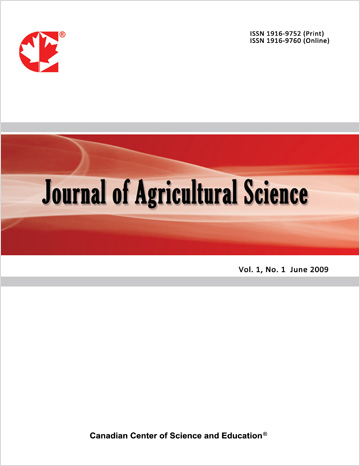Postharvest Management Practices Among Grain Traders in Burkina Faso and Niger
- Dieudonne Baributsa
- Mahamane Moctar Rabé
- Ibrahim B. Baoua
Abstract
Cowpea is an important food security and cash crop in West Africa. At harvest, most of the cowpea produced is sold to grain traders who supply it to consumers throughout the year. Hence, effective postharvest management is essential to maintain the quality and quantity along the cowpea value chain. While most research and development efforts have focused on smallholder farmers, little attention has been given to grain traders. This study examined storage practices, pest control methods, and the use of improved hermetic storage (Purdue Improved Crop Storage-PICS) bags among 201 grain traders in 22 towns across Niger and Burkina Faso. Findings reveal that 79.4% of traders used chemical pesticides during cowpea storage—mainly Phostoxin and Dichlorvos—citing affordability and ease of use. Awareness of PICS bags was high (over 85%), yet use varied significantly by country. In Niger, 38.6% of traders used PICS bags compared to just 7% in Burkina Faso, with barriers including high costs, limited availability, and labor requirements for tying. Traders in Niger stored larger volumes of grain (up to 377 tons) and used hermetic storage more frequently. Economic analysis showed a marginally higher return on investment (ROI) for chemical pesticides compared to PICS bags for a single use. Targeted interventions are needed to create incentives for traders to adopt chemical-free grain storage methods. Key priorities include reducing the labor required to tie bags, improving their availability and affordability, strengthening and enforcing food safety policies, and providing training on the proper use of the technology.
- Full Text:
 PDF
PDF
- DOI:10.5539/jas.v17n11p1
Journal Metrics
- h-index: 67
- i10-index: 839
- WJCI (2023): 0.884
- WJCI Impact Factor (2023): 0.196
Index
- AGRICOLA
- AGRIS
- BASE (Bielefeld Academic Search Engine)
- Berkeley Library
- CAB Abstracts
- ChronosHub
- CiteSeerx
- CNKI Scholar
- Copyright Clearance Center
- CrossRef
- DESY Publication Database
- DTU Library
- e-Library
- EBSCOhost
- EconPapers
- Elektronische Zeitschriftenbibliothek (EZB)
- EuroPub Database
- Excellence in Research for Australia (ERA)
- Google Scholar
- Harvard Library
- IDEAS
- iDiscover
- Jisc Library Hub Discover
- JournalTOCs
- KindCongress
- LIVIVO (ZB MED)
- LOCKSS
- Max Planck Institutes
- Mendeley
- MIAR
- Mir@bel
- NLM Catalog PubMed
- Norwegian Centre for Research Data (NSD)
- Open J-Gate
- OUCI
- PKP Open Archives Harvester
- Polska Bibliografia Naukowa
- Qualis/CAPES
- RefSeek
- RePEc
- ROAD
- ScienceOpen
- Scilit
- SCiNiTO
- Semantic Scholar
- SHERPA/RoMEO
- Southwest-German Union Catalogue
- Standard Periodical Directory
- Stanford Libraries
- SUDOC
- Swisscovery
- Technische Informationsbibliothek (TIB)
- Trove
- UCR Library
- Ulrich's
- UniCat
- Universe Digital Library
- WorldCat
- WRLC Catalog
- Zeitschriften Daten Bank (ZDB)
Contact
- Anne BrownEditorial Assistant
- jas@ccsenet.org
